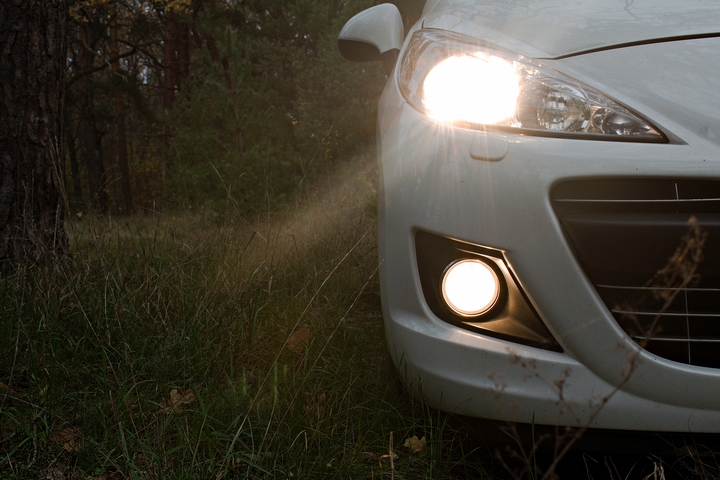
11 Different Car Lights Types and Their Characteristics
A vehicle has several light types that see regular and irregular use. For new drivers, what lights mean what is a part of getting to know the basics. As any experienced driver will tell you, using the right lights at the right time is key to safety on the road.
Lights can be used to get a driver’s attention if you need other drivers to be aware of your presence. This is done in emergencies, such as the tapping of your brakes which is a technique designed to make your brake lights flash to grab the attention of the driver behind you and possibly avoid a collision.
Here are eleven different car lights types and how they can be used:
Type #1: Tail Lights

Tail lights are found at the rear of the vehicle and are wired to work when the headlights are on. Flashing in red, their purpose is to let the drivers behind you know that you’re there.
Type #2: Daytime Lights

Daytime running lights are located at the front and rear of a vehicle. They are lights that are automatically turned on when you start the car. Daytime lights were put in to make vehicles more visible during daytime.
Though some drivers find them distracting, running lights have demonstrated how much safer drivers are for having them.
Type #3: Low-Beam Headlights

There are two types of headlights. The main type are low-beams. These are automatic when you turn on your headlights. Low-beams let a driver see the road in front of them and alert other motorists that you exist. They are designed to provide just enough light to illuminate the roadway without causing excessive glare to other drivers.
Type #4: High-Beam Headlights

While low-beam headlights are designed for routine driving, high-beam headlights are for highway situations where there is a lot of darkness and no cars in front of you. High-beams are intense, center-weighted lights with no control of glare.
These types of car lights are very, very bright and can be blinding to other drivers, coming or going. It is key to use high-beams only when there are no drivers around you.
Type #5: Hazard Lights

Hazard lights, aka flashers, are at the front and back of a vehicle. They are turned on manually typically through a push button on the dashboard. Hazard lights flash repeatedly.
They are used to alert other drivers when you are experiencing a problem, if you’re in distress, or if there’s immediate danger, such as if you have to drive slower than normal in snowy conditions. Hazard lights should only be used in an emergency and for safety.
Type #6: Brake Lights

Brake lights sit next to your rear lights. They signal to any driver in your rear vicinity when you’re slowing down or coming to a stop. Brake lights are automatic when you apply the brakes.
This makes it easy not to misuse them. The drawback is that brake lights are prone to burn-out and require routine checking or maintenance to ensure they are still fully functional.
Type #7: Signal Lights

Signal lights, aka turn signals or blinkers, are at the front and back of your car. They sit beside the head and tail lights. A driver activates them to indicate what direction they will be turning. Indicating direction is important as it lets other drivers know your intended action and often prevents miscommunications that lead to accidents on busy roadways.
Type #8: Driving Lamps

Driving lamps are found inside the vehicle. They are used to brighten the inside for a driver or passenger. They are used typically at night or low-light conditions to see maps or get directions while safely parked. They should not be used for long periods nor while you are driving.
Type #9: Fog Lights

Fog lights are near the headlights. They are mounted at a low angle, designed to prevent refraction in the fog. If you’ve ever been caught in fog and you turn on your headlights, you’ll likely see yourself blinded by them. This is because the light’s refracting in the fog. When your headlights aren’t effective in this scenario, fog lights should be.
Type #10: LED Lights

There are two types of car light bulbs. The first to be aware of are LEDs. They are a high energy-efficient headlight, versatile in their design, and are used in many new cars looking for an unexpected look in lighting. LED lights do not get as hot as traditional light bulbs which does contribute to a longer life span.
Type #11: HID Lights

HID light bulbs do not have a filament like most bulbs. They produce light from a reaction produced when an electrical current is sent through different vapors and gases. HID lights are a great option for headlights as the light is exceptionally strong.
The downside is that HIDs take a minute to warm up and reach high brightness. If you’re searching for a pair of bright, unique headlights, you may consider HIDs over LEDs.

